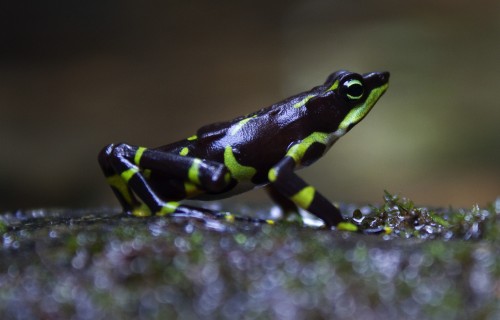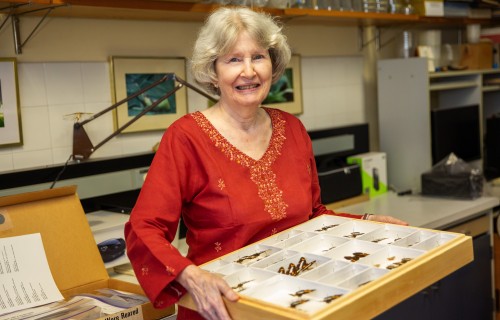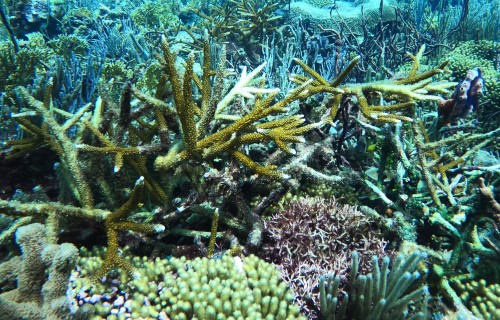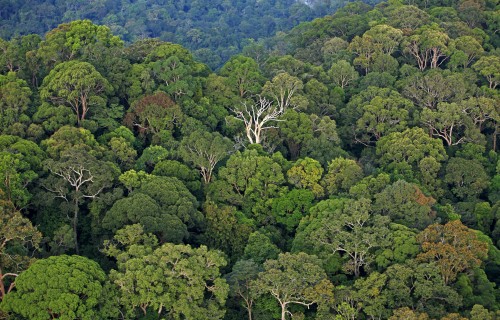Above the tropical forest canopy,
sensors capture the fluxes of gases
between the trees and the atmosphere
Adjusting to
climate
change
Tropical dark respiration
data tweak climate model
Gamboa
What do warmer nights mean for the release of carbon dioxide by tropical forests?
Climate modeling for the tropics can be tricky given the number of variables involved. One is dark respiration, the nighttime release of carbon dioxide by tree leaves. Respiration increases with temperature, so the warmer it gets, the more carbon trees release. At least this is the assumption plugged into many models.
STRI's Martijn Slot questioned the assumption by warming leaves at night in the forest canopy of Panama City's Metropolitan Natural Park. Suspending instruments 30 meters above the forest floor via STRI's canopy crane, Slot made two key findings. The trees he tested proved more sensitive to sudden temperature upswings than previously thought but the effect was only temporary.
After a week of heating, respiration rates decreased relative to leaves at ambient temperatures. When this acclimation was plugged into one climate model, tropical areas projected to shift to grassland this century remained forested, and forests retained more biomass.
Slot, now a postdoctoral researcher at STRI funded by Smithsonian's SIGEO project, cautions that his findings don’t necessarily mean that tropical forests will be fine as the climate changes, as respiration is only one of many factors affected by climate. Still, models "often don't consider acclimation," said Slot. "And without acclimation, models over-estimate the amount of carbon that is lost to the atmosphere in the process of respiration."












